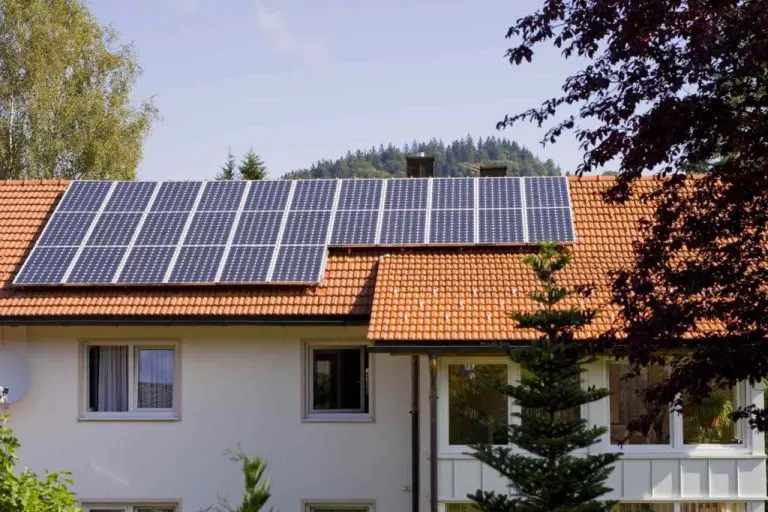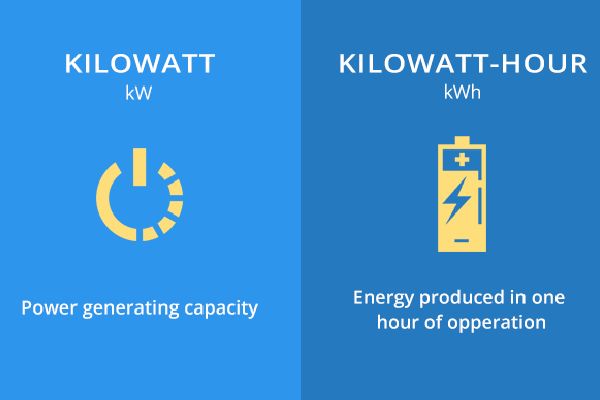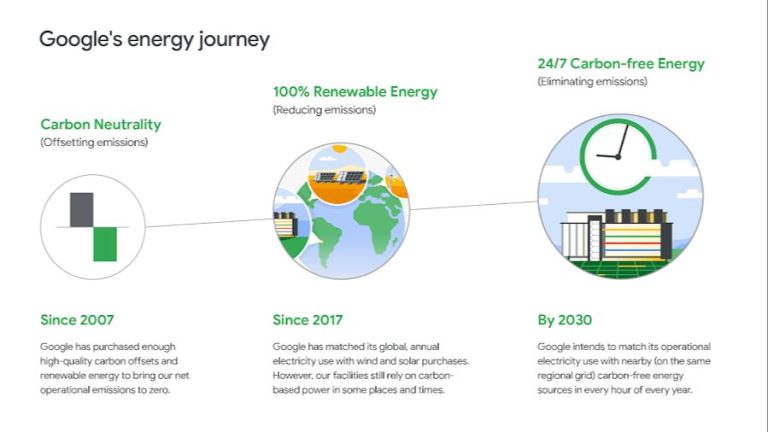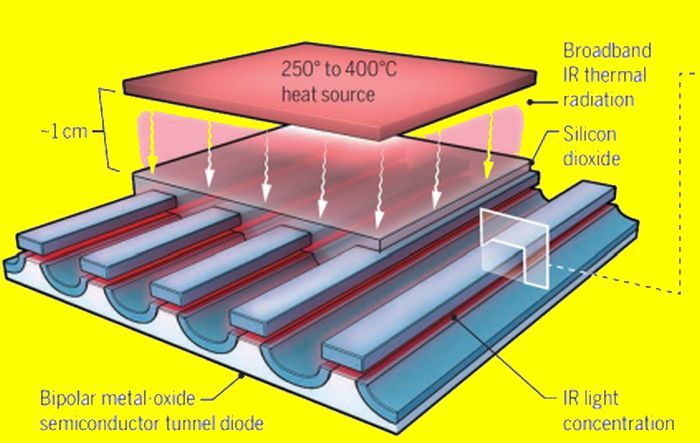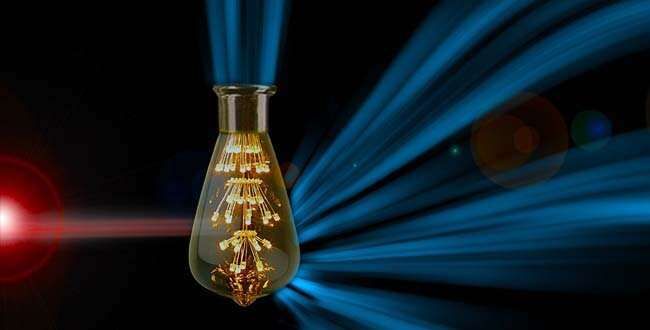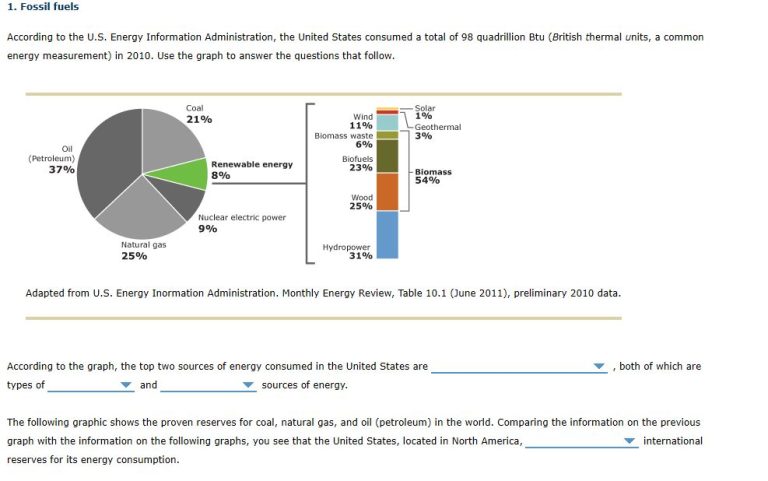What Is The Energy Of A Charge System?
Charge systems are physical systems that contain electric charges. The charges can be either positive or negative, and attract or repel each other through electric forces. The energy associated with the configuration of charges in a system is known as the system’s electric potential energy.
There are many types of charge systems, including:
- Capacitors – Devices that store electric charge.
- Batteries – Chemical systems that produce electric charges.
- Static electricity – The buildup and discharge of charges through insulators.
- Lightning – Massive discharge of atmospheric charge.
The key concept for understanding the energy of charge systems is electric potential energy. This refers to the potential for charged particles to do work by moving under the influence of electric forces. The configuration of charges in a system determines the electric potential energy.
Electric Potential Energy
Electric potential energy is the energy stored in an electric field due to the charges. An electric field contains electric potential energy due to the distance between the charges and the amount of charges that are separated. The greater the distance between the charges and the greater the amount of charges, the more electric potential energy is stored in that electric field.
The key factors that determine the amount of electric potential energy stored this way are:
- Distance between the charges – The further apart two charges are, the more potential energy stored in the electric field between them.
- Amount of charge – The greater the amounts of the separated positive and negative charges, the greater the electric potential energy stored.
As an example, a capacitor stores charge by separating positive and negative charges on its plates. The higher capacity capacitors can store more charge at a given voltage (electric potential difference) across their plates. So they are able to store greater amounts of electric potential energy.
Electric Potential
Electric potential is the amount of electric potential energy per unit of charge. It reflects the ability of an electric field to do work on a charge. A high potential means the field can do a lot of work on a negatively charged object — such as an electron — causing it to move rapidly. More formally, electric potential (symbolized by V) is the electric potential energy (symbolized by PE) stored in a source charge Q1, divided by a second charge Q2:
V = PE/Q
The unit for electric potential is the volt. One volt means one joule of electric potential energy per one coulomb. So a 9-volt battery can provide 9 joules of energy to each coulomb of charge that passes through it.
Electric potential energy and electric potential are closely intertwined concepts. The electric potential is equivalent to electric potential energy per unit charge. Moving a charge against the electric field to regions of higher potential requires work and transfers energy into the charge. This stored energy is electric potential energy.
Capacitors
Capacitors are passive electrical components that store energy in an electric field. They are made up of two conducting plates that are separated by an insulating material called the dielectric. When a voltage is applied across the plates of a capacitor, electric charges of equal magnitude but opposite polarity build up on each plate. One plate accumulates positive charge and the other plate accumulates negative charge. This charge separation creates an electric field in the dielectric between the plates that allows the capacitor to store energy.
The amount of energy a capacitor can store depends on its capacitance, or ability to store an electric charge, which is measured in farads. A higher capacitance allows more electric charges to be stored for a given voltage applied. Capacitors are used in many electric circuits and electronic devices to store electric potential energy. As current flows into the capacitor, energy gets stored in the electric field between its plates. Then when the capacitor discharges this energy, the current flows back out. So capacitors allow electric potential energy to be stored for release at a later time.
There are different types of capacitors including ceramic capacitors, electrolytic capacitors, supercapacitors, and variable capacitors. Their construction, materials, and properties allow them to have different ranges of capacitance ratings suitable for different applications. For example, ceramic capacitors have low capacitance values but can handle high frequencies, while electrolytic capacitors have high capacitance values for bulk energy storage and filtering in power supplies. Supercapacitors combine high capacitance with high power capabilities. And variable capacitors allow capacitance to be manually tuned according to needs.
Magnetic Energy
Magnetic energy refers to the energy stored in magnetic fields. It is an important concept in electronics, electromagnetism, and power engineering. Magnetic energy exists any time electric current or charge flows through magnetic fields or materials, like iron or steel. The magnetic field energy depends on the strength of the magnetic field and the amount of space the field occupies.
The energy density of a magnetic field can be described using the following equation:
u = B2/2μ
Where u is the magnetic energy density measured in joules per cubic meter (J/m3), B is the magnetic flux density measured in teslas (T), and μ is the permeability of the material through which the field passes. The permeability quantifies the amount of magnetization a material obtains in response to an applied magnetic field.
Some common examples of devices that store magnetic energy include inductors and transformers. An inductor resists changes in electric current by storing energy in its magnetic field. The strength of the magnetic field depends on the amount of current flowing through the inductor. Transformers consist of two inductors linked by a magnetic field. Transformers convert electrical energy from one voltage level to another using magnetic fields. The transformer stores energy in the magnetic field that links the two coils.
In summary, magnetic energy refers to the potential energy stored within a magnetic field. It depends on the strength of the magnetic field and amount of space occupied. Devices like inductors and transformers exemplify practical applications of magnetic energy storage. Understanding this concept has importance across electrical engineering and physics.
Chemical Energy
Chemical energy has the ability to be converted into electrical energy through electrochemical processes called redox reactions. A redox reaction involves the transfer of electrons between substances, which generates an electrical current flow. A classic example of chemical to electrical energy conversion is the voltaic cell (also known as a galvanic cell).
Voltaic cells consist of two half cells containing different metals with varying electrochemical potential. One half cell will undergo oxidation and one will undergo reduction. The difference in electrochemical potential allows electrons to flow from the substance being oxidized to the one being reduced. This flow of electrons creates electrical energy that can then be harvested.
The most common usage of voltaic cells is in batteries. Primary batteries, like alkaline batteries, use chemical reactions that are not reversible. The components and electrodes of those batteries chemically and permanently change as current is drawn from them. Secondary batteries, like rechargeable lithium ion batteries, undergo reversible chemical reactions. That means they can recharge and cycle through the redox process to create electricity many times.
Movement and Friction
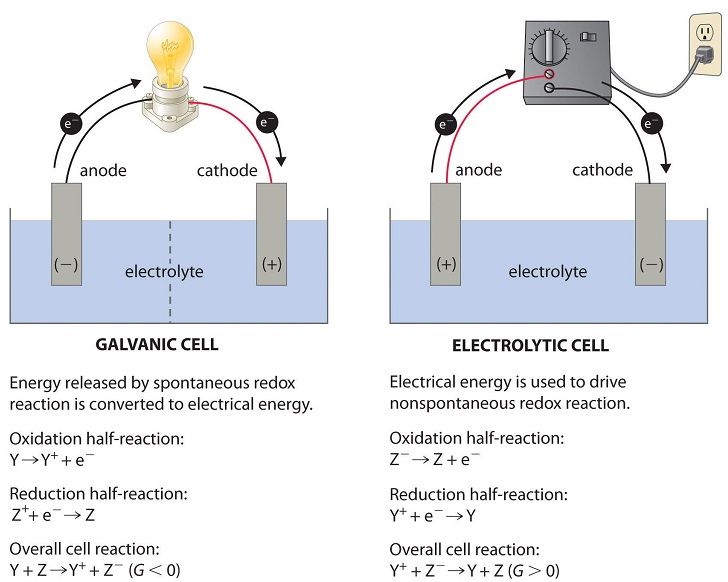
Movement and friction between surfaces can generate static electric charges. This occurs because electrons can be transferred from one surface to another during contact and separation. For example, when two nonconductive surfaces like plastic or rubber are brought into close contact and then separated, the electrons from one surface can “jump over” to the other surface. The surface that gained electrons will accumulate a negative charge, while the surface that lost electrons becomes positively charged.
The generation of these static electric charges is increased when the two surfaces rub against each other or move relative to one another. The friction between the surfaces enables more electron transfers to occur. Materials like wool, nylon, and plexiglass are prone to creating significant static buildup from friction. On the other hand, materials like wood, aluminum, and copper do not build up large static charges because they allow charges to conduct away readily.
In summary, the movement and friction between two surfaces facilitates electron transfers between them. This leaves the surfaces electrically charged once they are separated. The amount of charge buildup depends on properties of the materials in contact and increases with greater friction and motion.
Solar Energy
The sun emits vast amounts of energy in the form of sunlight or solar energy. Solar cells, also known as photovoltaic cells, capture this solar energy and convert it directly into electricity through the photovoltaic effect. Solar cells are comprised of one or more semiconductor materials such as silicon, which absorb photons from sunlight and generate an electric current through excited electrons. Multiple solar cells are then assembled into solar panels or arrays, which can range from tiny configurations used to power calculators and watches to massive city-sized power plants generating gigawatts of electricity.
The amount of electricity generated by solar cells is proportional to the surface area of the cells and the amount of light that shines on them. Maximizing sunlight exposure through proper orientation, angling, and location on sunny sites can increase solar cell energy production substantially. Because solar panels generate clean, renewable energy without emissions or fuel costs, they have become one of the most rapidly growing clean energy technologies today. With further innovations in solar cell efficiency and cost reductions, solar power will play an increasingly significant role in powering modern society.
Nuclear Energy
Nuclear power plants utilize nuclear reactions to produce electricity. At the heart of the power plant is the reactor, which contains nuclear fuel consisting of radioactive elements like uranium. When the nuclei of these fuel atoms split in a process called nuclear fission, it releases an enormous amount of energy in the form of heat.
This heat is used to boil water into steam, which then spins a turbine to activate an electric generator. So nuclear power plants convert the immense energy released in nuclear fission into usable electricity that powers our homes and businesses. Nuclear plants provide a steady baseline of electricity since the reactions are controlled and constant.
Overall, nuclear energy is extremely efficient – nuclear fuel contains millions of times more energy per pound than fossil fuels. When utilized safely and properly, nuclear power plants generate huge amounts of reliable electricity without any air pollution or carbon dioxide emissions. Nuclear energy will likely play a crucial role providing clean electricity across the globe for years to come.
Conclusion
In summary, charge systems can have or generate different kinds of energy in several ways. Electric potential energy exists in the separation of charges and is determined by the amount of charge and distance between charges. Capacitors store electric potential energy through separated charges on conductive plates. Magnetic energy comes from the motion of electric charges, which creates magnetic fields. Chemical energy can also be produced when charges move between higher and lower energy states in redox reactions.
Kinetic energy and heat are generated when charges move and collide with other particles. Solar panels convert light energy from the sun into electric current and voltage. Nuclear reactions involve very high energy states of subatomic particles and release tremendous amounts of energy when unstable nuclei decay. In all cases, the movement and separation of electric charges are key to producing, harnessing, and utilizing these various forms of energy in charge systems.
The key takeaways are:
- Electric potential energy depends on separated charges and distance between them
- Capacitors store electric potential energy through separated charges
- Moving charges create magnetic fields and magnetic energy
- Chemical energy is produced when charges move between high and low energy states
- Kinetic energy and heat are generated from charge movement and collisions
- Solar panels convert light energy into electric current and voltage
- Nuclear processes involve very high energy states of subatomic particles
Understanding the various mechanisms by which charge systems can have and produce different forms of energy provides deeper insight into electrodynamics and how energy flows and transforms across systems.

